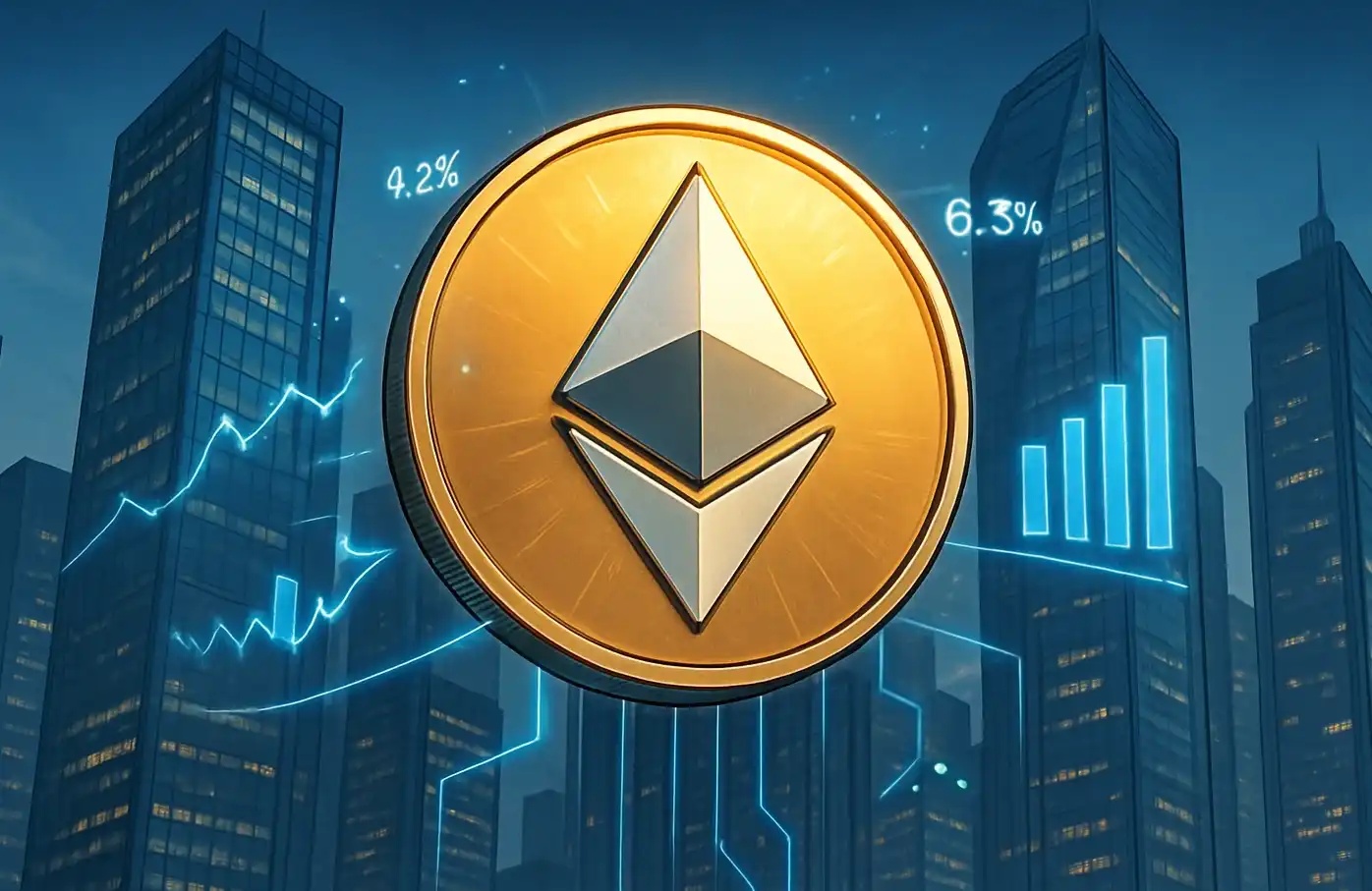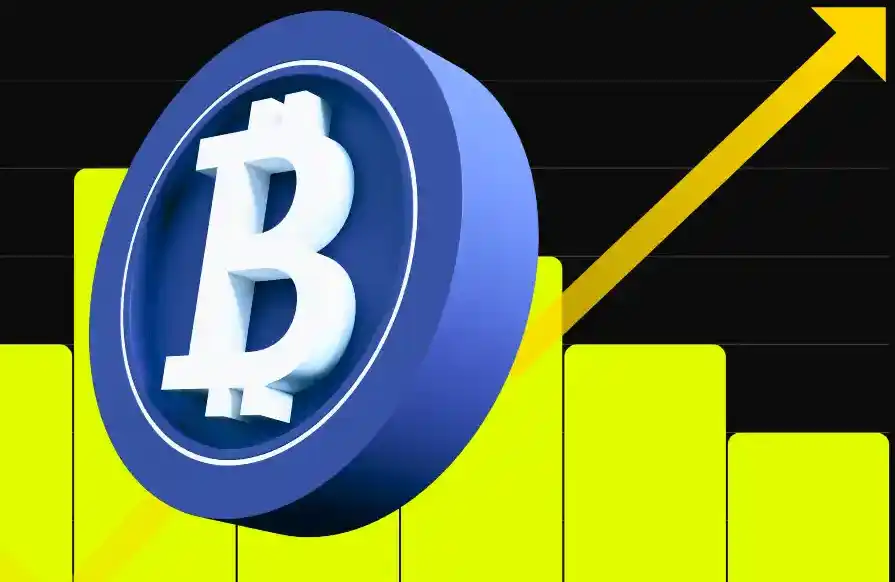Exclusive interview with Hyperliquid: The hottest Perp DEX in the English region, why can it challenge dYdX?
Interview: Jack, BlockBeats
Compilation: Lucy, BlockBeats
Hyperliquid is a decentralized derivatives trading platform that currently offers more than 100 asset trading pairs and supports token contract trading including TAO, RNDR, ONDO, etc. The project launched the points activity in November last year.
Hyperliquid co-founder Jeff graduated from Harvard University and initially worked as a quantitative analyst at Hudson River Trading. Although quantitative work brought Jeff a certain amount of fun, in 2018, Jeff learned about Ethereum and resolutely started building in the DeFi field. However, it was a bear market at the time and the timing was not ideal, so Jeff decided to start proprietary trading in the cryptocurrency field.
By the end of 2022, Jeff and his team members were already trading in the DeFi field. The collapse of FTX gave Jeff an opportunity to build a decentralized trading platform that people actually like. In Jeff's view, FTX was built for traders, but with its collapse, it left a void, and people finally realized the value of transparency and decentralization provided by DeFi.
In addition to Jeff, the core team members of Hyperliquid all have excellent academic backgrounds and graduated from Harvard, MIT, and Caltech. They include 5 engineers and 3 non-technical members. Although the team is relatively small, from 2020 to 2022, Hyperliquid was one of the largest market makers in many centralized trading platforms.

Hyperliquid's goal is to be a scalable perpetual contract trading platform, and the general smart contract chain is not enough to support this idea, so Hyperliquid will build its own L1 chain. The application chain was built manually by the team and uses only Tendermint for consensus. It is reportedly able to handle up to 20,000 operations per second, including orders, cancellations, and liquidations, which is about 20 times the current capacity of dYdX v3.
Hyperliquid hopes that anyone can build on Hyperliquid L1, just as Amazon built enough to launch AWS, Hyperliquid decided to launch native spot trading.
On April 16, Hyperliquid launched the spot trading function of PURR, the first native token of its L1 mainnet. The total amount of PURR is 1 billion, of which 50% will be airdropped to Points holders in proportion, and the other 50% will be permanently locked in the liquidity pool of the PURR/USDC trading pair through the "Hyperliquidity" mechanism.
The issuance of PURR is based on two permissionless native token standards independently developed by Hyperliquid. One is HIP-1, which allows the deployment of native tokens and the creation of on-chain spot order books. The second is HIP-2, which is also an innovative mechanism of "Hyperliquidity", which can permanently lock liquidity in the spot order book of HIP-1 tokens, forming a synergistic effect with the user's order liquidity.
Similar to perpetual contracts, PURR's spot order book will also run entirely on-chain. Hyperliquid said that HIP-1 and HIP-2 are important steps towards a high-performance universal infrastructure. PURR will be the first native asset issued based on the HIP-1 standard. In the future, HIP-1 is expected to become the permissionless infrastructure of Hyperliquid L1 and create possibilities for cross-chain bridges from other chains.

Build L1 to support perpetual contracts
BlockBeats: Hyperliquid consists of two very interesting products: Liquidity Providers (HLP) and vaults, which introduce market making and copy trading. Where did these ideas come from? What are your expectations for these products?
Jeff: The motivation comes from the fact that FTX/Alameda is still in people's memory, and we have similar backgrounds on the surface: mathematics and computer science, as well as trading backgrounds. To prove to people that nothing fishy is going on, we did two things: first, put the entire trading platform including the order book on-chain, and second, democratized the complete liquidity provision strategy in Liquidity Providers (HLP).
Anyone can deposit HLP, it treats all depositors equally, and returns the platform value to users. HLP also charges fees, instead of the team benefiting, which is unusual compared to other projects. In this way, the team does not benefit from Hyperliquid, which resonates with users.
BlockBeats: You mentioned that Hyperliquid is focused on the end-user experience, while other perpetual DEXs focus on “numbers” like transaction fees, etc. What does this actually mean? How did this affect the team’s decision-making process when building Hyperliquid? What did you have to give up?
Jeff:The crypto space seems to be one of the few spaces that doesn’t follow conventional wisdom and put products that users love first. Founders seem to think it’s acceptable to make empty promises, rely on false metrics for incentives, and then dump tokens on retail buyers.
Hyperliquid chose the “hard” path to add real value to users. Our vision is to build a high-performance L1 chain with optimized DeFi primitives built on it. This is a challenging problem that involves all aspects of building an exchange, a blockchain, and a decentralized liquidity strategy at the same time, with the end result being a place of liquidity and transparency that users love. And to do this, we had to give up the easy marketing path that many other projects might choose.
BlockBeats: What was the part that took the longest time to build for Hyperliquid when trying to build a high-frequency, time-sensitive L1 to support perpetual contracts?
Jeff: The hardest part for the team was that we had no experience building low-level crypto infrastructure. However, we took some cues from the systems engineering principles of high-frequency trading. It took about a quarter for the first version of the L1 chain to be functional, and we spent countless hours optimizing it as usage grew. We are currently writing a completely different consensus mechanism from scratch that will achieve 10-100 times higher TPS. This is because usage is finally hitting the limits of the Tendermint-based chain (20,000 orders per second).
Building the chain together with the perpetual contract trading platform is critical to its success. For example, market mechanisms like liquidation, canceling orders before taking orders, etc. can only be implemented when the entire technology stack is available for optimization. General smart contract chains are not sufficient to support scalable perpetual contract trading platforms such as Hyperliquid.
BlockBeats: Many DeFi projects have begun to design their tokens into deflationary models. What are your thoughts on future native tokens?
Jeff:Unlike most projects in crypto, a native token is critical to Hyperliquid. First, Hyperliquid is an L1 running on proof-of-stake, so the native token will be used to coordinate the validation of the blockchain. The specific token economics will be finalized after the chain exits the alpha phase.
Launch native asset spot trading
BlockBeats: Why open spot trading? Hyperliquid now supports perpetual contracts and native spot trading, starting with memecoin, PURR.
Jeff:Hyperliquid has innovated blockchain technology from the infrastructure to the application level. Just like Amazon built enough things to launch AWS so that everyone can benefit from it, we have a similar idea of enabling anyone to build on Hyperliquid L1. With the launch of native spot and perpetual contract trading, future DeFi builders on Hyperliquid L1 will have access to best-in-class on-chain liquidity and other exciting features.
BlockBeats: Will other spot assets be supported in the future? How will this work?
Jeff:Yes, as builders launch tokens and other projects on Hyperliquid L1, these assets will immediately have access to Hyperliquid’s performance order book infrastructure and liquidity. There are also plans to integrate bridges for native assets from other major chains. The end result will be an on-chain ecosystem that completely eliminates the need for centralized intermediaries. Imagine if Binance was a native component of Ethereum, there are many synergies that will be unlocked when the entire cryptocurrency stack exists on one chain.
BlockBeats: What are the short-term and long-term priorities for Hyperliquid?
Jeff:The short-term focus is to continue to grow users, transaction volume, and market share. DeFi is still small and needs to unlock real capital. Hyperliquid has solved many technical problems, but there are still difficulties in getting users to try it.
The long-term goal is to make Hyperliquid L1 a platform for financial activities to take place. Important things like banks, trading platforms and even currency itself will benefit from the decentralization of society. This goal will take years of hard work, but it is a worthwhile mission that can add tremendous value to society. We are very happy to be able to do our part in this endeavor.
Welcome to join the official BlockBeats community:
Telegram Subscription Group: https://t.me/theblockbeats
Telegram Discussion Group: https://t.me/BlockBeats_App
Official Twitter Account: https://twitter.com/BlockBeatsAsia


 Forum
Forum Finance
Finance
 Specials
Specials
 On-chain Eco
On-chain Eco
 Entry
Entry
 Podcasts
Podcasts
 Activities
Activities
 OPRR
OPRR










